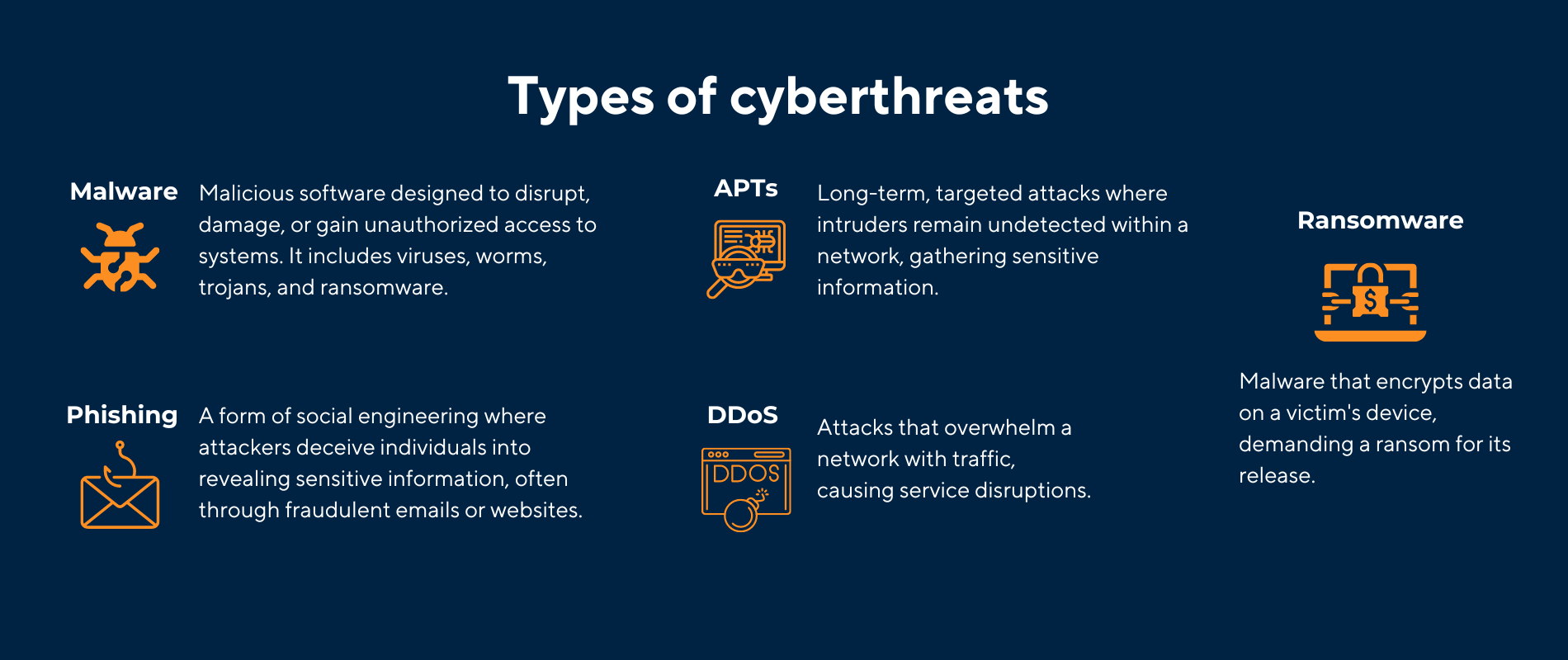The Role of Machine Learning in Cybersecurity


As businesses around the world become more digital, individuals and companies are worried about cybersecurity. The growth and evolution of diverse online threads render the classic approach to security pointless, thereby calling for a more sophisticated alternative. Here we appeal to machine learning (ML) solutions. The machine algorithms use large-scale data and are better at addressing, anticipating and fixing cybersecurity issues than traditional methods.
Artificial Intelligence includes a branch, called Machine Learning, that enables systems to learn from data and improve their performance without explicit programming. ML algorithms identify patterns and correlations in datasets, allowing systems to make predictions or decisions based on newly received data. In the field of security, it is apparent that machine learning systems are used to monitor activity in the network, flag behavioural patterns and take action on the observed threats.
The area of cybersecurity is not static, as every new day a new threat emerges. Such tools as firewalls and signature detection are no longer enough for safety from sophisticated attacks. Cybercriminals have even moved a step ahead and come up with even more complex techniques such as using polymorphic malware, zero-day attacks, and phishing that are effective in evading average defence type. Therefore, it becomes a challenge for such organizations to ensure the safety of their digital assets.
The implementation of machine learning in cybersecurity is viewed as a significant leap in the fight against cybercrime than any other traditional approach. By automating threat detection and response processes, ML systems can enhance the speed and accuracy of security operations. In addition, ML is able to learn to anticipate new threats; thus technology becomes a key component in evolving security strategies. The increase in complexity of attacks leads to an increase in requirements for any security systems that are meant to protect from any malicious cyber activity.
Understanding cyberattacks
To grasp the need for a particular technology in cybersecurity, i.e. machine learning, it is necessary to identify the character of cyberthreats. Through the use of cybertechnologies, various forms of assaults can be simulated and launched to focus on a specific segment of an organization’s infrastructure safety.

Every day, cyberattacks are becoming more and more frequent problems in the field of information technology. Although we are talking about the potential of ML technologies in cybersecurity, these solutions are also used by the offence of security systems. Attackers are increasingly using automation and ML to create more effective and elusive attacks. Technologies such as AI-driven attacks highlight the need for advanced defensive measures. For instance, artificial intelligence can be used to create more convincing emails. It is also used to identify and exploit vulnerabilities faster than human hackers.
Proactive threat detection is essential in today’s cybersecurity landscape. Traditional reactive methods, which respond to attacks after they occur, are no longer sufficient. Therefore, organizations should promptly detect potential threats and take all necessary measures to reduce risks. This is where machine learning for security becomes invaluable, as it allows systems to identify anomalies and potential threats before they can cause significant damage.
ML and AI offer several methods that have gained widespread use in the field of cybersecurity. They are clearly aimed at the tasks of detecting, responding to and preventing cyberattacks.
| Supervised Learning | This technique entails teaching ML algorithms using known outcomes and mostly on labelled data. For instance, known threats may be detected by supervised learning in cybersecurity by simply looking for their patterns in malware-labelled datasets. |
| Unsupervised Learning | This technique works on unlabelled data. In a machine learning-based network security, this technique is useful when trying to identify anomalous network activity. ML models can detect unusual activities that are likely to pose risks by examining network data with no scope in the form of preset labels. |
| Reinforcement Learning | This ML technique involves correcting models with feedback one gets to their actions. In other words, cyber systems make corrections towards their responses, gradually adjusting their operations to observed threats through reinforcement learning. |
| Deep Learning | Specifically, deep learning in cybersecurity helps in pattern recognition, which is detecting advanced threats, such as APTs or fileless malware, by analysing large datasets and identifying subtle indicators of compromise. |
| Natural Language Processing | An NLP focused on understanding human language. It can be used in cybersecurity for tasks such as analysing phishing emails, detecting malicious intent in text, and automating threat intelligence gathering from unstructured data sources like social media and forums. |
In the field of cyberdefence, it is reasonable to predict that the use of AI as well as the application of machine learning will be even greater than it is today. It has been forecasted that the future of ML in this domain is likely to be more sophisticated with the emergence of self-learning security. AI and ML in cybersecurity systems that can detect and respond to security threats without human interference. Machine learning threat detection will become more accurate and faster, reducing the time between detection and response.
No less important task is an improvement of the security of machine learning algorithms. The goal is to teach the software to anticipate threats at the initial stages, predict the maximum possible time of the threat and inform about other potential risks. Practices using machine algorithms to detect threats will become critical, especially in terms of time costs. Correct configuration and training of software algorithms will ensure the implementation of a set of actions to detect and eliminate threats almost instantly. ML becomes more prevalent in cybersecurity, regulatory and ethical considerations will play a critical role. Ensuring that ML systems are transparent, accountable, and do not infringe on privacy rights will be essential for their widespread adoption.
Although AI and ML can automate many aspects of cybersecurity, human activities cannot be excluded from the future of this industry. Collected and predicted data require human analysis, considering more subtle conditions. In addition, the process of learning, and creating strategies and plans is carried out by a human.
Integrating machine learning into a cybersecurity system means fundamental changes in the way organizations protect themselves from digital threats. For example, it is possible to automate threat detection, increase response time and introduce new methods thanks to machine learning, which is a useful resource in modern cybersecurity. As technology improves more and more, machine learning will contribute to this area. As a result, this will lead to the creation of more secure online spaces. Nevertheless, these developments have led to concerns, especially related to the ML security systems themselves. Therefore, the future of cybersecurity lies at the intersection of progress and caution.
PNN Soft provides a wide range of cybersecurity services, including the integration of machine learning solutions. These technologies allow us to automate the detection processes and respond to cyber threats in time. PNN Soft also develops and implements security systems that ensure the security and integrity of the algorithms themselves. With their help, customers can effectively face modern challenges in the field of cybersecurity, combining innovative technologies and an expert approach.